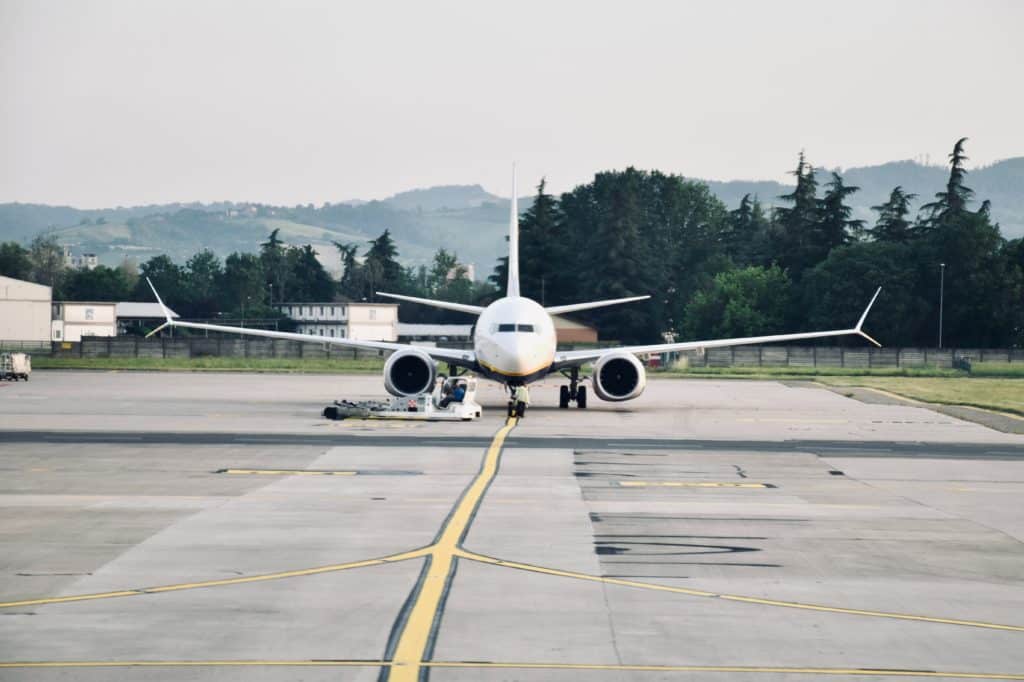Air travel is the safest mode of transportation due to strict aviation regulations that ensure aircraft are maintained in a safe condition. Operators are required to perform preventive and on-condition maintenance to minimize the risk of mechanical failures.

Two maintenance methods are performed to ensure regulatory compliance, preventative maintenance and on-condition maintenance. Regulatory bodies like FAA, TC, and EASA require operators to comply with preventative maintenance of an aircraft’s critical components to maintain an airworthiness certificate.
Preventative Mainteanace
Preventative maintenance involves timed inspections and maintenance of critical and non-critical systems, assemblies, and parts to prevent mechanical failure. In contrast, on-condition maintenance allows routine inspections, but parts and systems that operate within limits are left untouched. Periodic checks ensure that systems are functioning within safe operating limits. The specific system goes through the maintenance process at the indication of a defect.
The effectiveness of preventative maintenance has been questioned due to the cost of maintenance and lost time on the wing. Preventative maintenance involves taking the aircraft out of operation at specific intervals for maintenance checks. It results in functional parts routinely going through repair or replacement, only to have a negligible effect on the overall reliability of the aircraft. Interfering with perfectly-running systems may even create new faults.
On-Condition Maintenance
On the other hand, on-condition maintenance allows for routine inspections, with parts and systems only maintained when they indicate defects. This approach ensures that maintenance work is only carried out when necessary, thus reducing costs and downtime.
The first on-condition maintenance program was developed around the Boeing 747-100 aircraft, where hard-timed maintenance strategies were dropped, and routine inspections were implemented instead. Pre-flight checks were put in place to determine tire wear instead of changing aircraft tires every so often, with acceptable wear limits determined and checked for during inspections.
In addition to the airframe, modern engines follow the on-condition maintenance strategy for parts. The only exception is life-limited parts (LLPs) critical to safe operations. Routine condition monitoring of engines shows performance trends and abnormalities in the engine, and operators follow OEM and MRO recommendations for maintenance.
Preventative maintenance and on-condition maintenance both have their advantages and disadvantages. Preventative maintenance ensures that the aircraft is always in top condition, but it can be costly and time-consuming. In contrast, on-condition maintenance is cost-effective, but it relies heavily on the effectiveness of condition monitoring systems to detect faults.
In conclusion, aircraft operators should use a combination of preventative and on-condition maintenance strategies to ensure maximum safety and reliability of the aircraft while minimizing maintenance costs and downtime. Regular inspections, timely maintenance, and a robust condition monitoring system will help ensure the safety of the aircraft and its passengers.
Looking to improve your maintenance system?